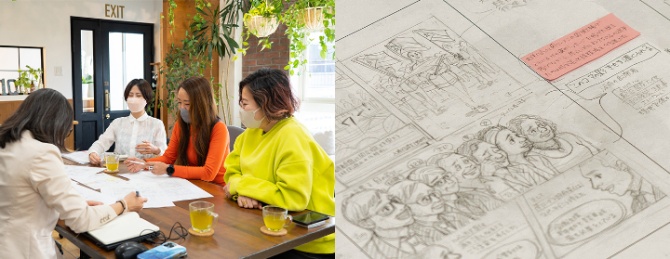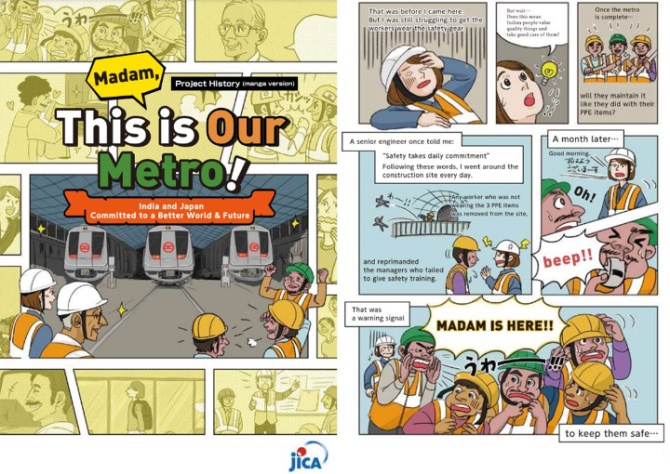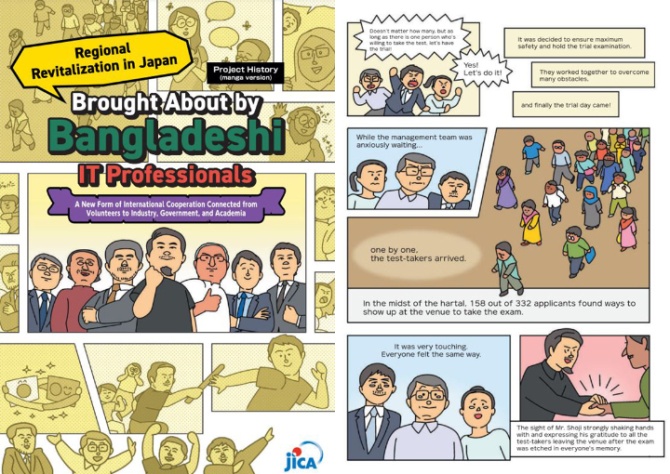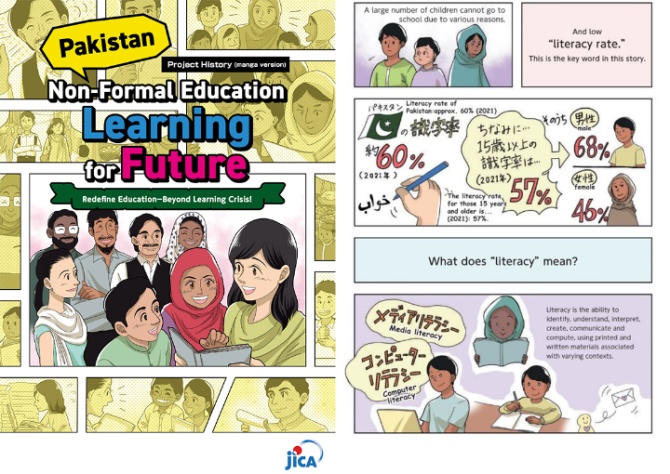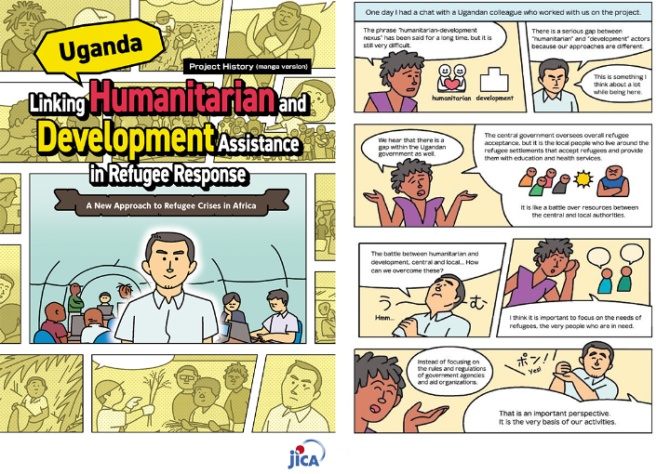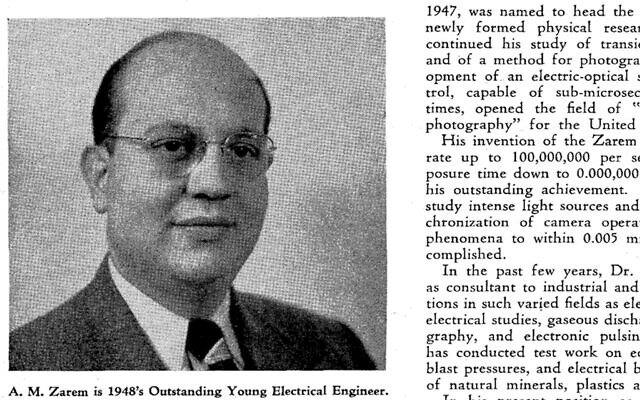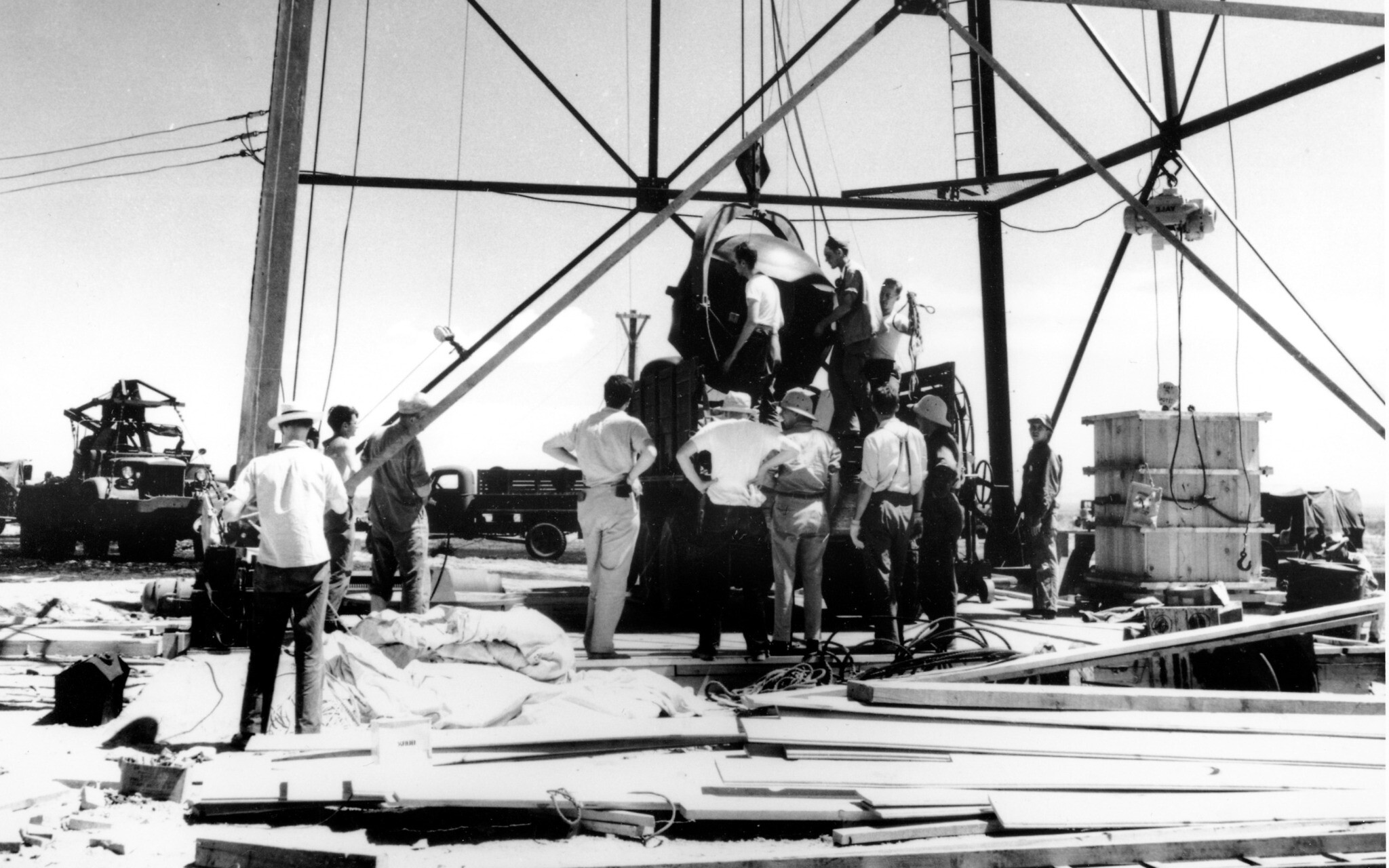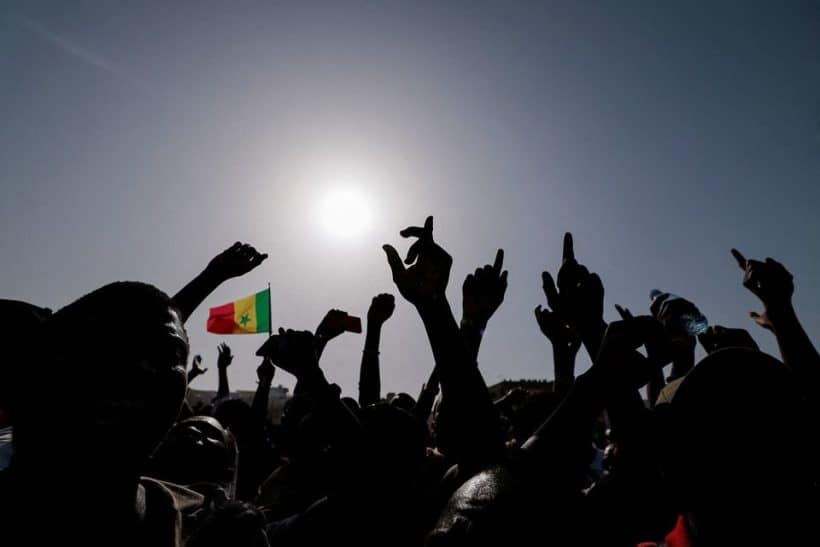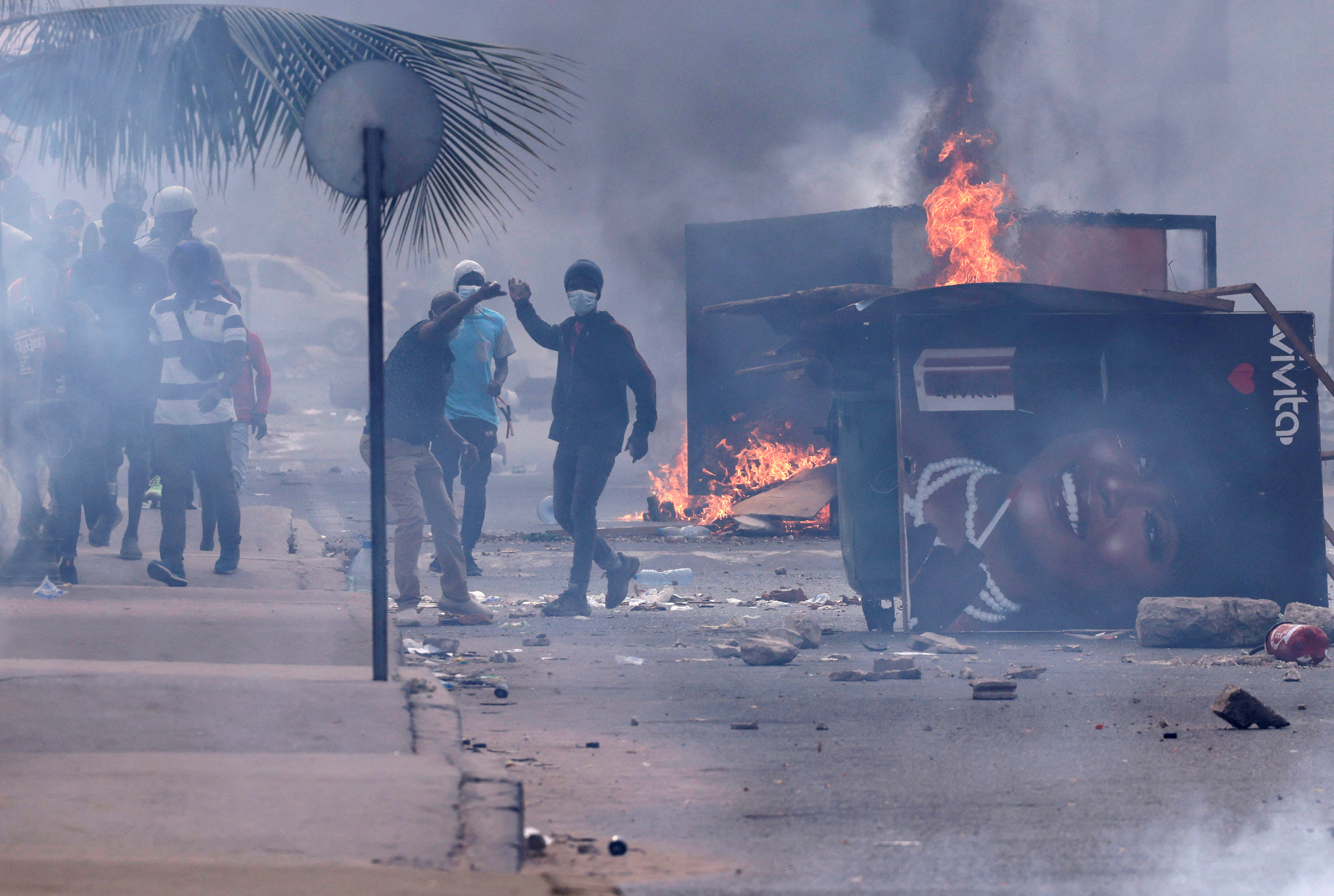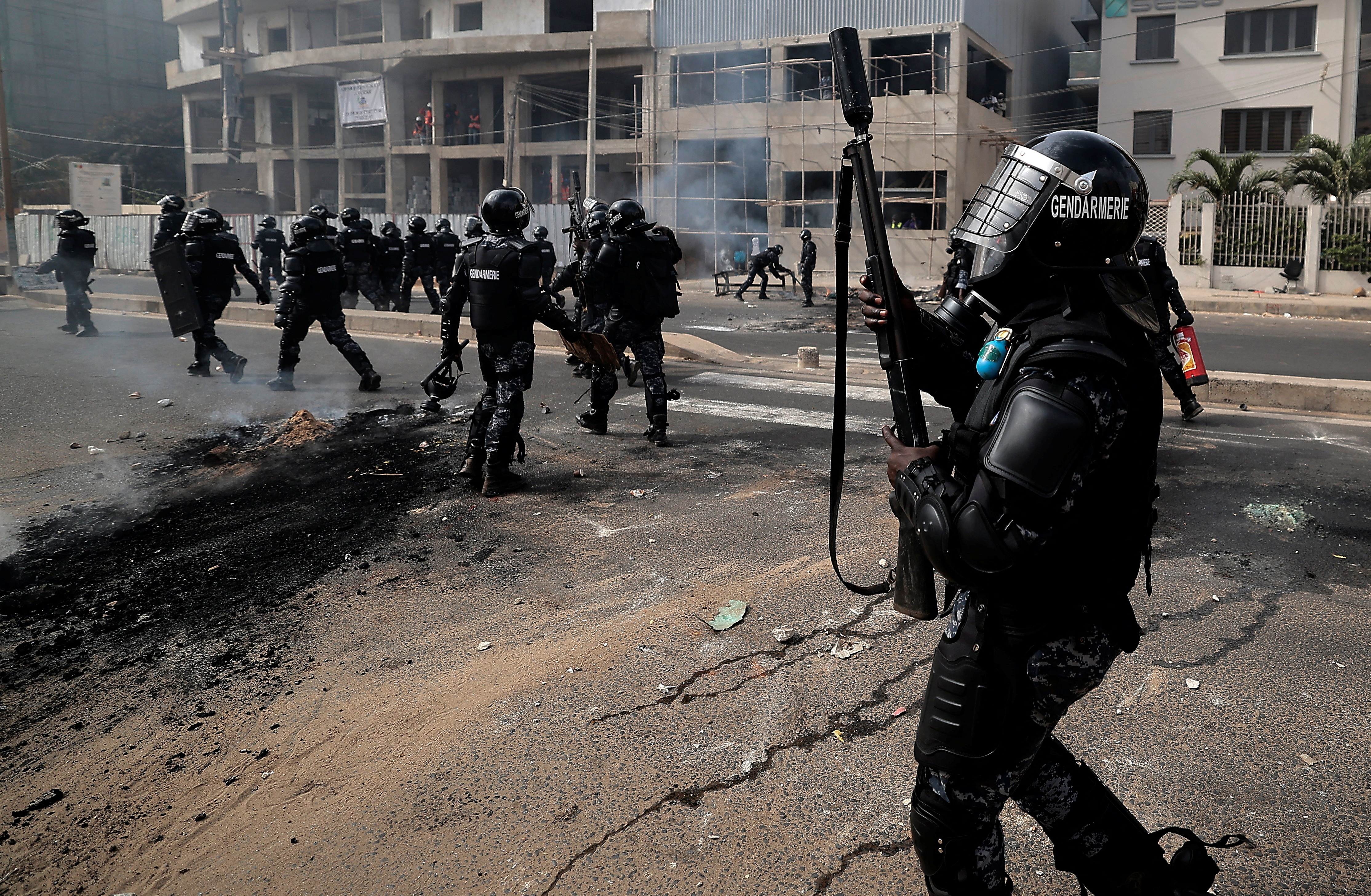The court is looking at the deaths of thousands of people after former President Rodrigo Duterte unleashed his brutal ‘drugs war’.
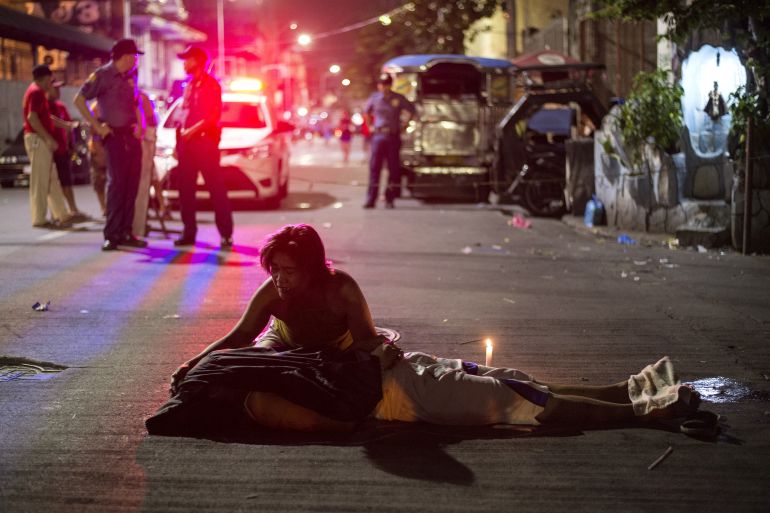
By Michael Beltran
Published On 17 Mar 2023
Manila, Philippines – Families of the victims of former Philippine President Rodrigo Duterte’s brutal “drug war” are urging the new government to cooperate after the International Criminal Court (ICC) said it would resume its investigation into the killings.
Llore Pasco, 68, lost two of her sons in May 2017.
According to the police, they were criminals and probably killed by fellow hoodlums or rivals.
Pasco never believed the story. Her sons’ bodies were peppered with bullets and torture marks.
Officially, the incident is still being investigated by the Philippine National Police (PNP) but Pasco says no officer has ever come to ask her questions or share updates on the status of the case.
Pasco joined six other family members in August 2018 to file complaints before the ICC against Duterte and the PNP for murder and crimes against humanity.
“What is Duterte afraid of? He is getting his day in court, a chance to defend himself. That’s more than our loved ones got, they were just executed,” she told Al Jazeera.
Pasco never considered filing a complaint before the Philippine courts because she says the justice system is “notoriously slow for ordinary people like me”.
“How many cops have been punished for their crimes since the drug war?” she said. “Less than the fingers on my hand and yet thousands have died.”
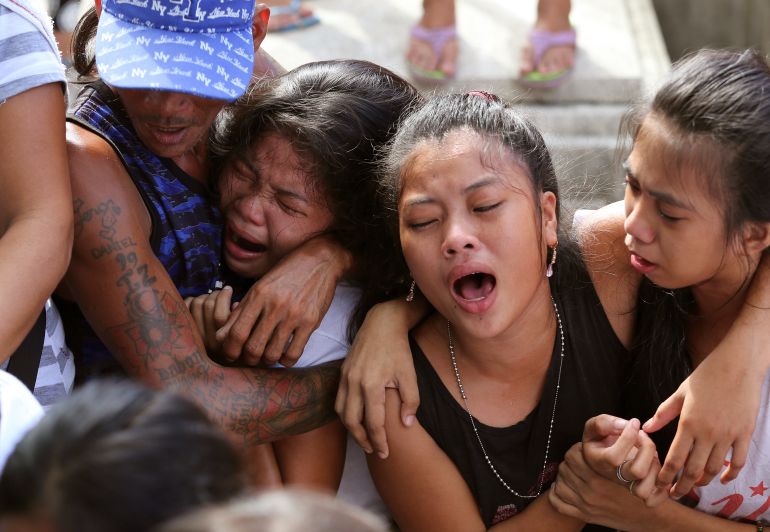
According to the police, about 6,000 people have died in drug-related operations. But human rights groups and even the Philippines’s Commission of Human Rights have said the number is probably closer to 30,000.
The ICC suspended its investigation in November 2021 when Duterte’s administration said the Philippines was conducting its own review into the killings but in January, the international court said it would resume its work because it was “not satisfied” that Manila was “undertaking relevant investigations”.
Duterte, who cut ties with the ICC after it announced the original investigation, left office last May but the government of his successor Ferdinand Marcos Jr has also reacted coolly to the ICC decision.
Days after the ICC announcement, Juan Ponce Enrile, the president’s chief legal counsel, threatened to have the court’s officials arrested if they stepped on Philippine soil. Marcos Jr, a longtime ally of the Duterte family, had previously criticised the court and said its activities were an “intrusion in [the Philippines’s] internal matters and a threat to [the country’s] sovereignty”.
‘Existential threat’
The antagonism towards the ICC is shared in many areas of the Philippine political system.
In the Congress, former president Gloria Arroyo spearheaded a House Resolution, filed on February 16, for the “unequivocal defence” of Duterte.
Senator Robin Padilla filed a similar resolution four days later in the Senate and said Duterte was only fighting illegal drugs because “it is an existential threat to the country’s social fabric”.
At a press conference after the ICC announcement, Justice Secretary Crispin Remulla said the court was “insulting us”. Speaking on television, he said the Philippines was not shielding anyone from prosecution and insisted the involvement of the ICC was “not practical” because it would undermine the country’s courts.
Like Marcos, Remulla insists the ICC has no jurisdiction but the court says it has the authority to investigate alleged crimes that occurred in the Philippines during the nearly eight years the country was a party to the Rome Statute, under which the ICC was established.
Duterte’s drug war began and was at its height in 2016 but he only pulled the Philippines out of the Rome Statute in 2019
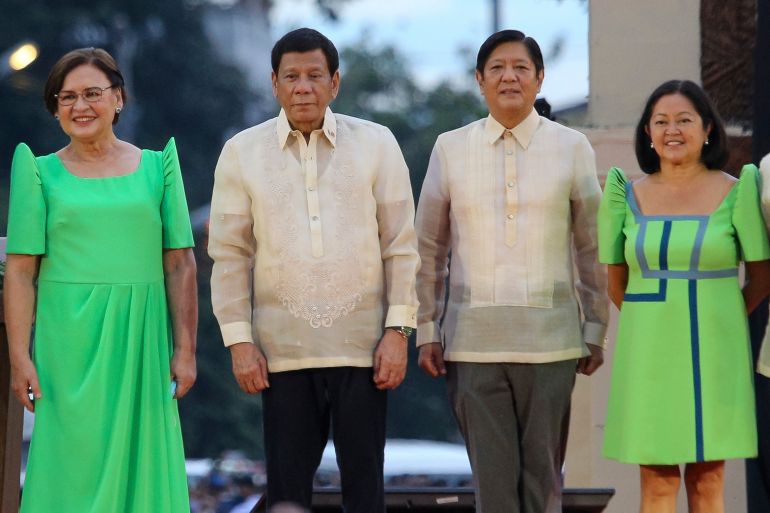
The ICC has said the Philippine government is appealing the court’s announcement that it will resume its work. Meanwhile, the court told Al Jazeera it planned to increase engagement with civil society in the Philippines and broaden cooperation in the region.
“Now that the investigation is authorised to continue, the Office of the Prosecutor will pursue its efforts to deliver justice to victims in the Philippines,” the ICC spokesperson said.
Relatives of victims like Pasco have also organised support networks that campaign for justice.
Pasco is a leader with Rise Up for Life and Rights, a large alliance that has established links with various faith-based groups and is pushing the government “to assist and welcome” the international court. It was also part of the complaint filed by the relatives of the victims.
Nanette Castillo is also cautiously optimistic about the resumption of the ICC investigation.
Her only son Aldrin, 20, was killed in October 2017 while crossing the street in Quezon City. He was allegedly attacked by seven masked men on motorcycles and shot five times; three of the bullets lodged in his head. Castillo tried for months to get the police reports on her son’s murder, which was classified as a “death under investigation” but gave up in 2018.
The Human Rights Commission has said his killing was a case of mistaken identity.
“Many of us are hoping but not too much,” she said. “We know it will take a while and we don’t want to get disappointed if nothing comes of it. I just want our officials to see our pain. Don’t they have children as well?”
Castillo says she would often travel a couple of hours to the PNP headquarters in Manila to try and get more information on her son’s case. But she says the officers at the station were uncooperative and unwilling to help her.
“After many tries, they finally gave me a copy of the spot report. But for the police report, they wanted to hand it to me at 12 midnight in the station. I was too afraid to go and so I never went back,” she said. A spot report refers to the immediate incident report while the police report is produced later and is more detailed.
Representing the victims’ families at the ICC, lawyer Kristina Conti argues that the critical failure of the administration is “the pervasive acceptance that because the ‘war on drugs’ is a government policy, it is untouchable and unassailable, and the accompanying insidious assertion that the abuses are not policy.”
Conti cautions that having a working judiciary is also no guarantee of justice.
“It’s also about how other branches of government have ensured no rights violations or abuses, how they have ascribed accountability, how they have dealt with bad policies,” she told Al Jazeera.
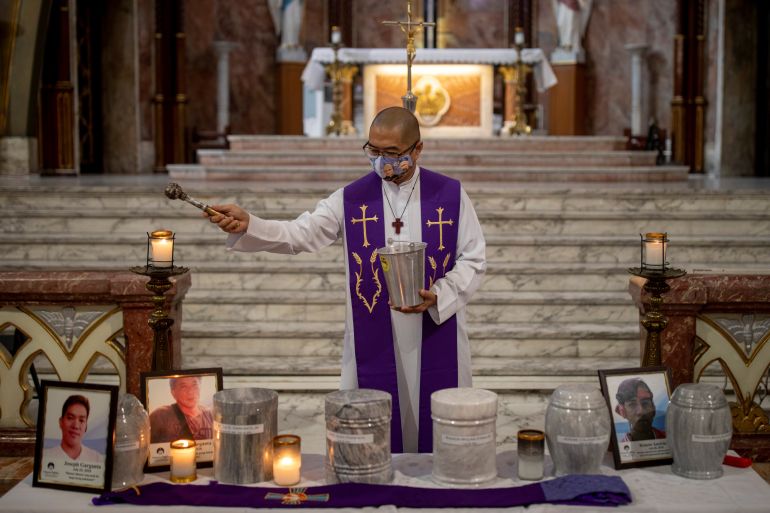
Sheryll Ceasico, a teacher in one of the poorest districts of Manila, says “whatever cover-up they try to do, people like me are living proof of the crimes they committed”.
Ceasico’s brother surrendered himself to the police as a former drug user early on in Duterte’s drug war. He thought it would reduce the risk of violence.
Three days later, Ceasico says she saw a masked man break into their house and kill her brother with four gunshots.
“There are still so many of us. Our testimonies have not yet been heard by the ICC or any court,” she told Al Jazeera.
SOURCE: AL JAZEERA




